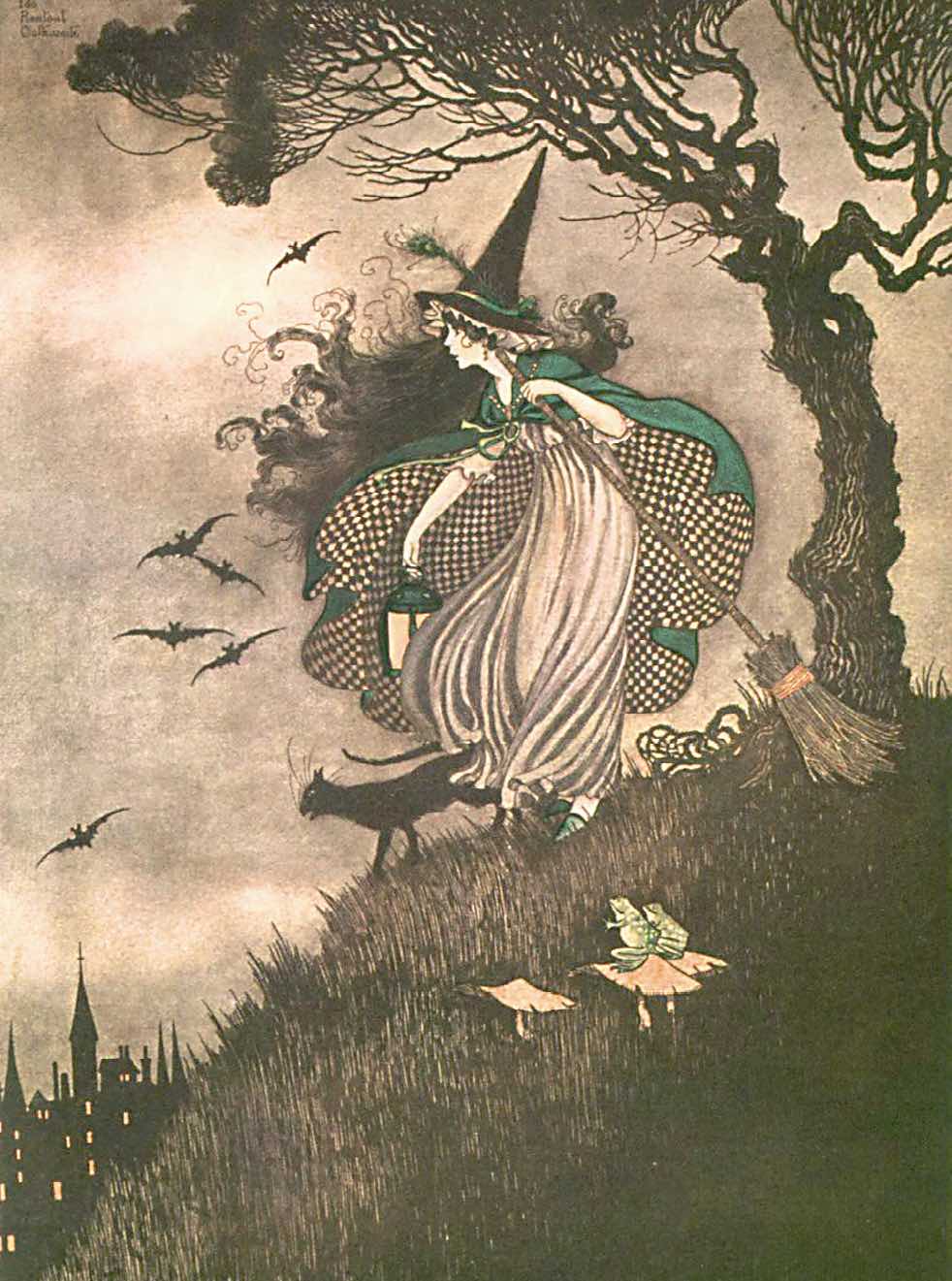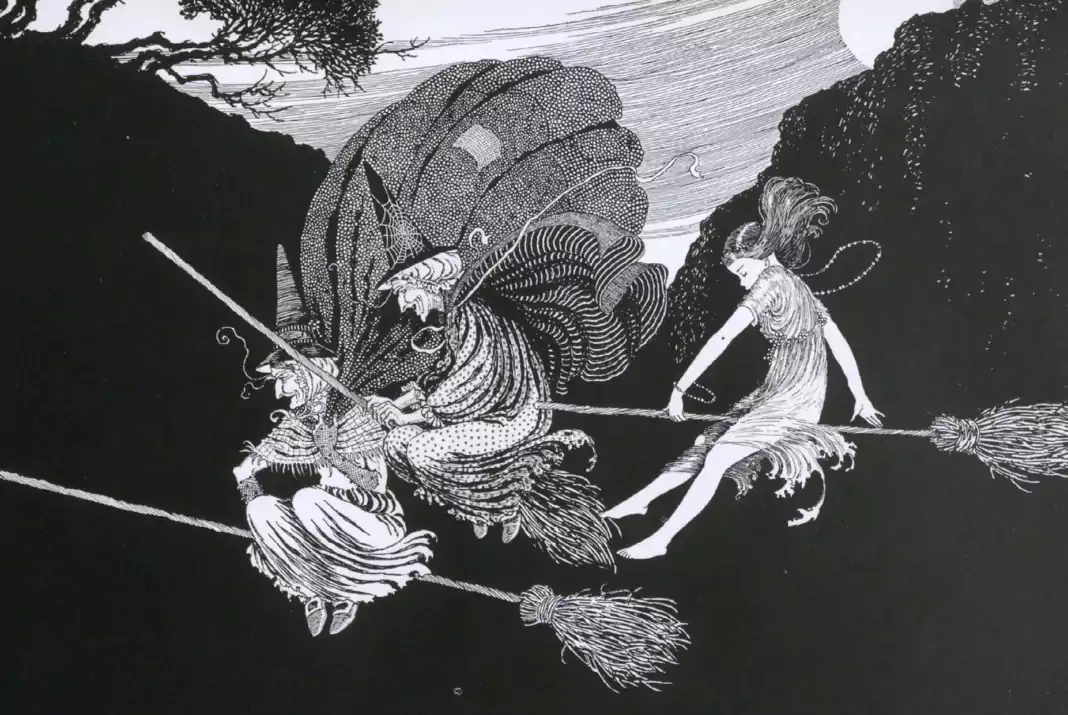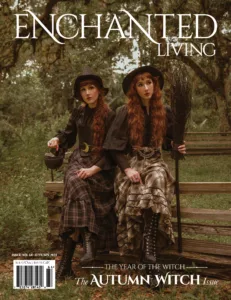Fairyland is everywhere, so why not Australia? I still remember walking into a bookstore in San Francisco and finding a large clothbound volume called simply Fairyland, by Ida Rentoul Outhwaite (1888–1960). Inside were the most beautiful illustrations—as beautiful as the work of Walter Crane or Arthur Rackham, although Outhwaite is much less well- known, probably because she was both Australian and a woman, marginalized by both her geographical location and gender. If you have not heard of her, this may be why—she did not quite belong among the Australian fine artists of her day, nor among the mostly male illustrators who dominated the English children’s book market. Nevertheless, in the early 20th century she achieved international fame—one of her books was given as a gift to the young Princess Elizabeth. And her art is distinctively her own, with a luminosity that captures the light of her native country and a particular charm that always makes me smile.
In Outhwaite’s illustrations, you can see fairies talking to frogs or birds, or sitting around a mushroom drinking tea with koalas. The animals she incorporated were generally those of her native Australia, like the kookaburra and lyrebird. The central figures were almost always girls or women—female fairies with the wings of moths or young witches carrying broomsticks, accompanied by their black cats. Whether they are riding bats, surfing on the backs of fish, or dancing among autumn leaves, these are images of empowerment in relation to the natural world. Her witches and fairies are self-sufficient and, it seems, having a lovely time with their animal companions.
She was born Ida Rentoul in Victoria, Australia, and demonstrated her artistic skills when she was still a young woman. When she was just sixteen, she illustrated a book written by her older sister Annie Rattray Rentoul. That book, Molly’s Bunyip, was one of the first to show children having magical adventures in the Australian bush rather than a European setting. It was so popular that Ida and Annie collaborated on several more books, and Ida was asked to illustrate stories for magazines as well as books by other authors. At this time, she drew primarily in pen and ink, but after her marriage to Arthur Grenbury Outhwaite and the birth of her four children, she started to paint in watercolor. This was the period during which she did her best work, particularly Elves and Fairies (1916), a glorious art book with color plates as well as black-and-white illustrations, all in her distinctive style.
By the 1930s, this style and Outhwaite’s subject matter had become less popular. Tastes had changed, and fairy books for children were replaced by animal stories. After the death of her husband in 1938, her work became more sporadic, and she was largely forgotten outside her native country—until the recent revival of interest in all things fairy and a greater appreciation of children’s illustration as fine art. Outhwaite’s Australian fairyland may not yet be as well-known as it was during her lifetime, but if you can find a copy of Fairyland or any of her other books, do what I did that day in San Francisco—open the covers and enter a truly magical country, different from the European fairylands you might be more familiar with but just as beautiful. Her art tells us that fairyland can be anywhere—and it includes koalas.






























 Enchanted Living is a quarterly print magazine that celebrates all things enchanted.
Enchanted Living is a quarterly print magazine that celebrates all things enchanted. 



